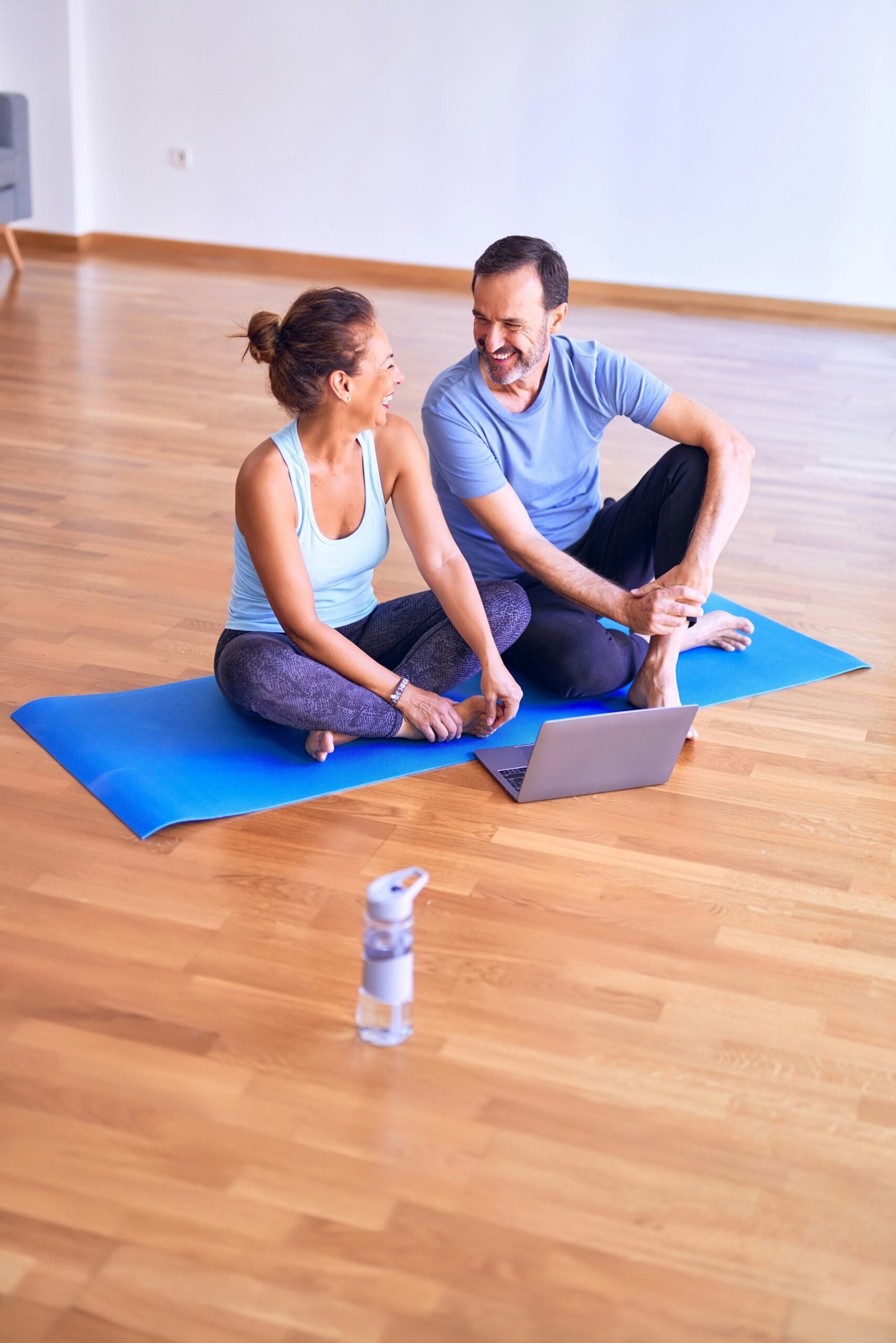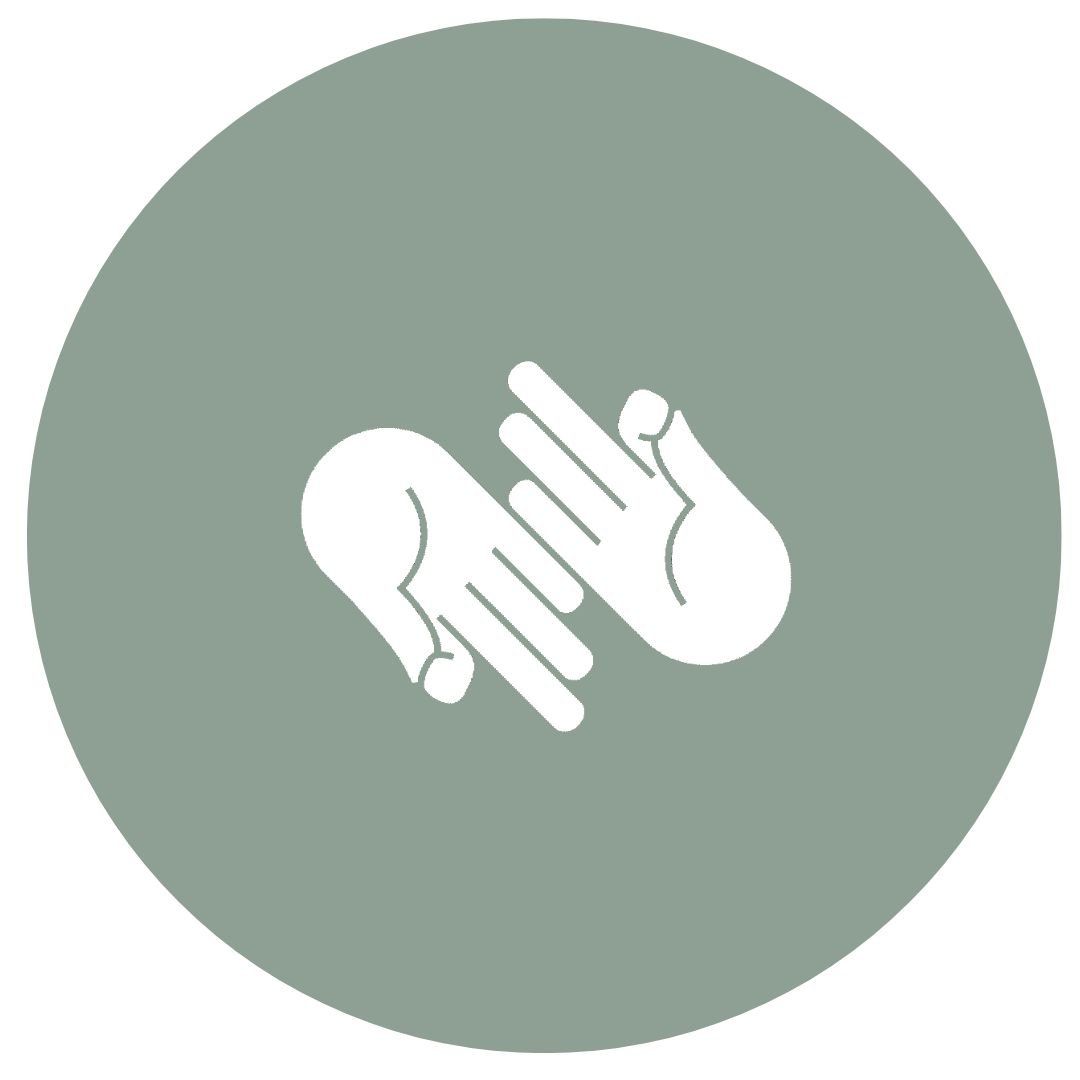
Introduction to Mat Pilates and Reformer Pilates
Pilates, a method originally developed by Joseph Pilates in the early 20th century, focuses on improving flexibility, strength, and mental awareness through a series of controlled movements. Initially known as “Contrology,” Pilates was designed to aid in rehabilitation and promote overall physical wellness. Over time, it has branished into various forms, with Mat Pilates and Reformer Pilates becoming the most prominent.
Mat Pilates involves performing exercises on a padded mat, leveraging one’s body weight for resistance. This form emphasizes core strength, stability, and flexibility. Typically, practitioners execute a series of movements that promote alignment, improve posture, and enhance muscular endurance. Because it requires minimal equipment—a mat and perhaps some small props like resistance bands or fitness balls—it is accessible and convenient for many people.
In contrast, Reformer Pilates utilizes a specially designed piece of apparatus called the Reformer. This sophisticated equipment consists of a sliding carriage, adjustable springs, pulleys, and ropes, offering varied resistance levels. The Reformer allows for a dynamic range of exercises that can target nearly every muscle group in multiple planes of motion. This form not only strengthens the core but also enhances coordination, balance, and overall muscle tone.
While both Mat and Reformer Pilates share the fundamental principles of precision, control, and breathwork, the key difference lies in the equipment used and the level of resistance provided. Understanding these distinctions can help individuals choose the format better aligned with their fitness goals and preferences.
Key Differences in Equipment and Setup
When comparing Mat Pilates and Reformer Pilates, the most noticeable distinction lies in the equipment used and the overall setup of each practice. Mat Pilates is characterized by its simplicity; the primary equipment required is a mat. Alongside the mat, practitioners might use small props such as resistance bands, magic circles, and light weights to enhance the exercises. This minimalist approach makes Mat Pilates highly accessible, allowing it to be practiced almost anywhere with minimal preparation.
In contrast, Reformer Pilates revolves around the Reformer machine, a more complex apparatus. The Reformer consists of a flat platform, known as a carriage, that moves along a frame. It incorporates springs that provide varying levels of resistance, adjustable straps used for pulling or pushing, and a footbar for added stability. This specialized equipment enables a greater range of motion and variable resistance not typically available in Mat Pilates. The Reformer apparatus offers a more structured and supportive environment, which can help in performing exercises with added precision and control.
The unique setups of Mat and Reformer Pilates significantly influence the types of workouts one can perform. Mat Pilates focuses on utilizing one’s body weight to provide resistance, engaging the core and promoting stability. The inclusion of small props adds diversity to the routines and can target different muscle groups. On the other hand, Reformer Pilates capitalizes on its mechanical components to facilitate a broader variety of movements, improving flexibility and strength through resistance training that isolates muscle groups more effectively.
Ultimately, the equipment and setup in Mat and Reformer Pilates shape the practice experiences profoundly. Mat Pilates’ straightforward, minimalistic approach offers flexibility and convenience, whereas Reformer Pilates’ sophisticated machine enables more intricate and controlled exercises. Understanding these differences allows practitioners to choose the type of Pilates that best aligns with their fitness goals and personal preferences.
Benefits and Workout Differences
Both Mat Pilates and Reformer Pilates offer unique benefits and target different aspects of physical fitness, making them appealing options for a wide range of individuals. Mat Pilates routines primarily focus on building core strength and improving flexibility. The exercises utilize body weight as resistance, which makes them highly adaptable for various skill levels. This adaptability means that Mat Pilates can be suitable for beginners seeking to establish a strong core foundation, as well as for more advanced practitioners looking to refine their technique. Additionally, the accessibility of Mat Pilates is increased since it requires minimal equipment, just a mat.
Reformer Pilates, on the other hand, provides a more dynamic and varied workout due to the adjustable resistance offered by the Reformer machine. This equipment opens up a broader range of exercises that can be tailored to different fitness levels and objectives. The use of springs and pulleys in Reformer Pilates creates both resistance and assistance, which can significantly enhance muscle tone and strength. Reformer workouts tend to focus more on full-body conditioning, targeting not just the core but also arms, legs, and back muscles. The adjustable settings make it easier to increase or decrease the difficulty of exercises, which is beneficial for both rehabilitation purposes and advanced fitness goals.
When it comes to posture and alignment, both Mat and Reformer Pilates are highly effective. Mat Pilates emphasizes core stabilization, which supports good posture and alignment in everyday activities. Reformer Pilates, with its guided movements, can help improve alignment more precisely, owing to the feedback provided by the machine’s resistance. In rehabilitation scenarios, the controlled environment of the Reformer machine can aid in precise muscle targeting, thereby facilitating recovery. For those aiming for higher fitness levels, the dynamic nature and customizable resistance of Reformer Pilates can offer an intensified and more varied workout experience, effectively pushing the boundaries of physical conditioning.
In essence, while Mat Pilates and Reformer Pilates both contribute to overall physical well-being, each form has distinct advantages. Mat Pilates excels in accessibility and core-focused exercises, while Reformer Pilates offers versatility and comprehensive muscle engagement. By understanding the differences between these two forms, individuals can make informed choices to better meet their personal fitness goals.
Choosing the Right Pilates for You
When deciding between Mat Pilates and Reformer Pilates, understanding your personal fitness goals, budget, and preferences is crucial. Both forms of Pilates offer unique benefits and can complement each other, but specific factors may make one more suitable for you than the other.
Accessibility is a primary consideration. Mat Pilates is notably more accessible, as it requires minimal equipment. Most exercises only need a comfortable mat, making it easy to practice at home, in the gym, or even outdoors. For those with busy schedules or limited access to a Pilates studio, Mat Pilates provides a convenient and flexible option to maintain a regular fitness routine.
Budget is another significant factor. Reformer Pilates involves specialized equipment that can be costly. Classes at studios often come with higher fees due to the use of Reformers and the expertise required to instruct safely. Purchasing a Reformer for home use is an even more substantial investment. In contrast, Mat Pilates is budget-friendly. The minimal equipment cost and the availability of online classes make it a more economical choice for many enthusiasts.
Consider your personal fitness aspirations. Mat Pilates is excellent for foundational core strengthening, enhancing flexibility, and improving posture. It’s a great starting point for beginners and those looking to build a solid core. On the other hand, Reformer Pilates offers a comprehensive full-body workout, integrating resistance and varied exercises that can challenge advanced practitioners and provide significant muscle toning and alignment benefits.
Personal anecdotes and testimonials can offer valuable insights. Susan, a Mat Pilates practitioner, shares, “Mat Pilates transformed my core strength and helped me maintain flexibility, even with a hectic daily schedule.” Meanwhile, Jake, who enjoys Reformer Pilates, states, “The resistance training on the Reformer not only toned my muscles but also improved my overall body coordination.”
Ultimately, experimenting with both methods is advisable. Trying a few sessions of each will help you experience firsthand the unique advantages they offer. This experimentation can guide you in adopting the practice that best aligns with your personal fitness journey and helps you achieve your wellness goals effectively.
